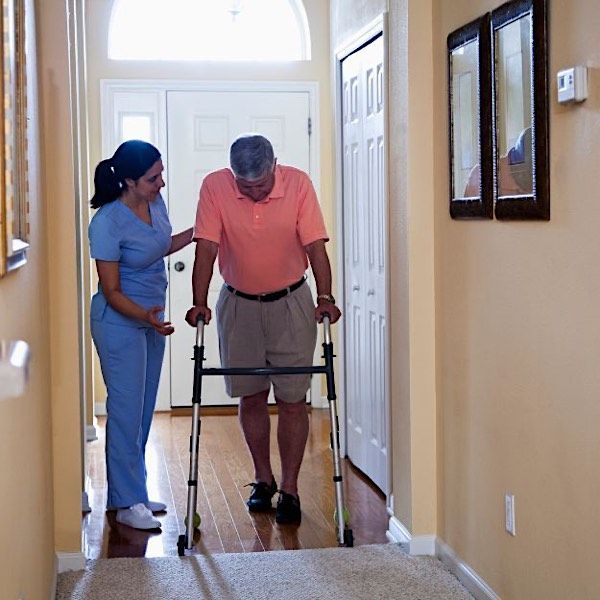How to Manage the Transition from Hospital to Rehab to Home
Transitioning from hospital to rehab and finally to home can be daunting, making effective planning and support critical for a smooth recovery. The essential steps to a seamless transition include focusing on preparation, safety, ongoing care, and emotional well-being for patients and families.
Preparation for Discharge from the Hospital
Adequate preparation for discharge from the hospital is necessary for a smooth transition. Begin by communicating with the healthcare team to understand the patient’s condition and discharge instructions. Arrange reliable transportation and gather all personal belongings and medical records.
Ensure medications are available and understand the follow-up care plan. Address any questions about diet, activity level, and warning signs to monitor. This thorough preparation reduces stress and sets the stage for a successful recovery journey at the rehab facility.
Transition to a Rehabilitation Facility
Transitioning to a rehabilitation facility is a critical step in the recovery process. Selecting a suitable facility involves considering location, services, and patient reviews. Financial and insurance matters should be sorted out in advance to avoid disruptions. Pack essential items, including clothing, toiletries, and personal comfort items.
Upon arrival, the patient typically undergoes initial assessments and orientation, where staff develops a tailored therapy plan. Working closely with therapists and healthcare workers ensures rehabilitation goals are met, enabling a smoother transition to home.
Preparation for Returning Home
Preparing to return home after a stay at a rehab facility requires detailed planning to ensure a safe and supportive environment. Start with a home safety evaluation, making necessary modifications like installing grab bars and ramps and removing tripping hazards. Coordinate home health services like visiting nurses or physical therapists to continue professional care.
Arrange follow-up medical appointments and manage medication prescriptions to stay on track with recovery. Ensure family members or caregivers are informed and prepared to offer support. By addressing these aspects, the transition to home can be smooth and conducive to ongoing recovery.
Ongoing Support and Care at Home
Ongoing support and care at home are indispensable for a successful recovery after leaving rehab. Establish a routine that includes medication management, regular therapy sessions, and consistent follow-up appointments with healthcare providers. Engage family members or caregivers to assist with daily activities and provide emotional support.
Use community resources, such as support groups and home health services, to address emerging needs. Monitor the patient’s progress and promptly address any setbacks or concerns. Continuous communication with healthcare professionals ensures the patient receives comprehensive care, enabling a positive recovery environment.
Maintaining Health and Wellness
A balanced diet, regular physical activity, and sufficient sleep are requirements for maintaining health and wellness. Mental health is equally important. Practice mindfulness and stress management, and engage in hobbies. Routine medical check-ups and adherence to treatment plans ensure proactive health management, supporting long-term well-being and quality of life.
We Can Help You Transition from Hospital to Rehab to Home
Contact the professionals at Comforting Home Care to learn more about a successful transition from hospital to rehab to home and on to independence!












